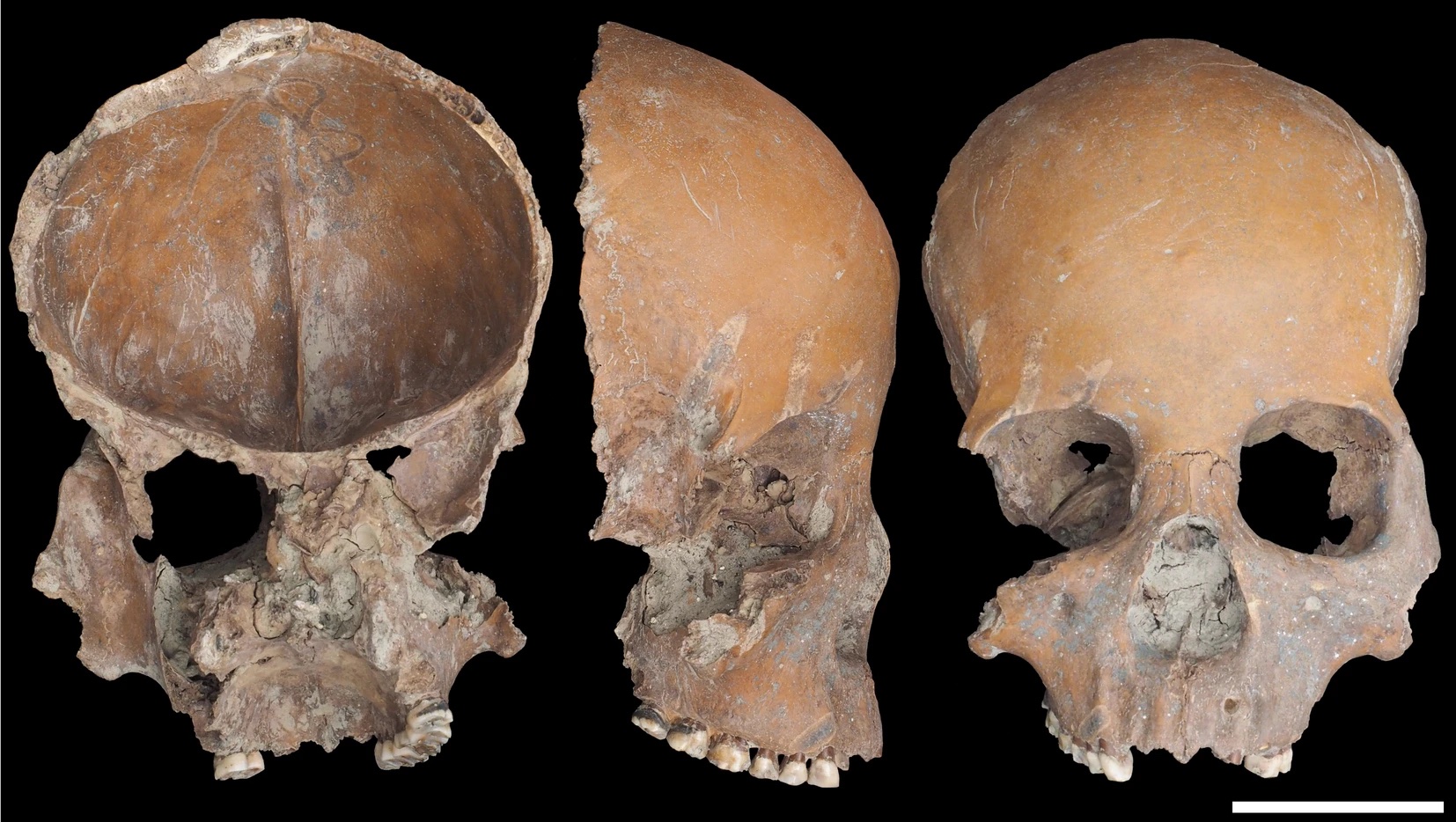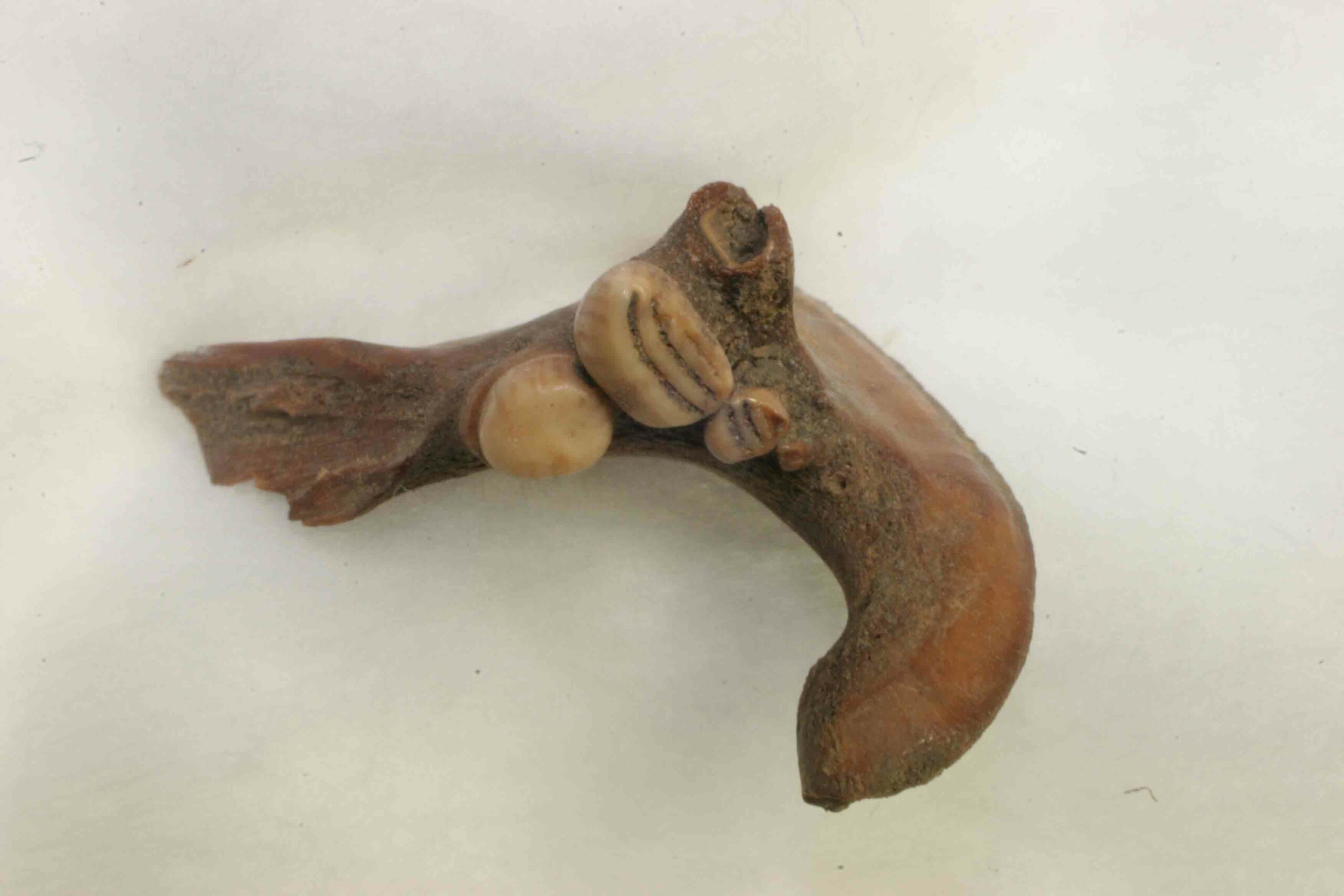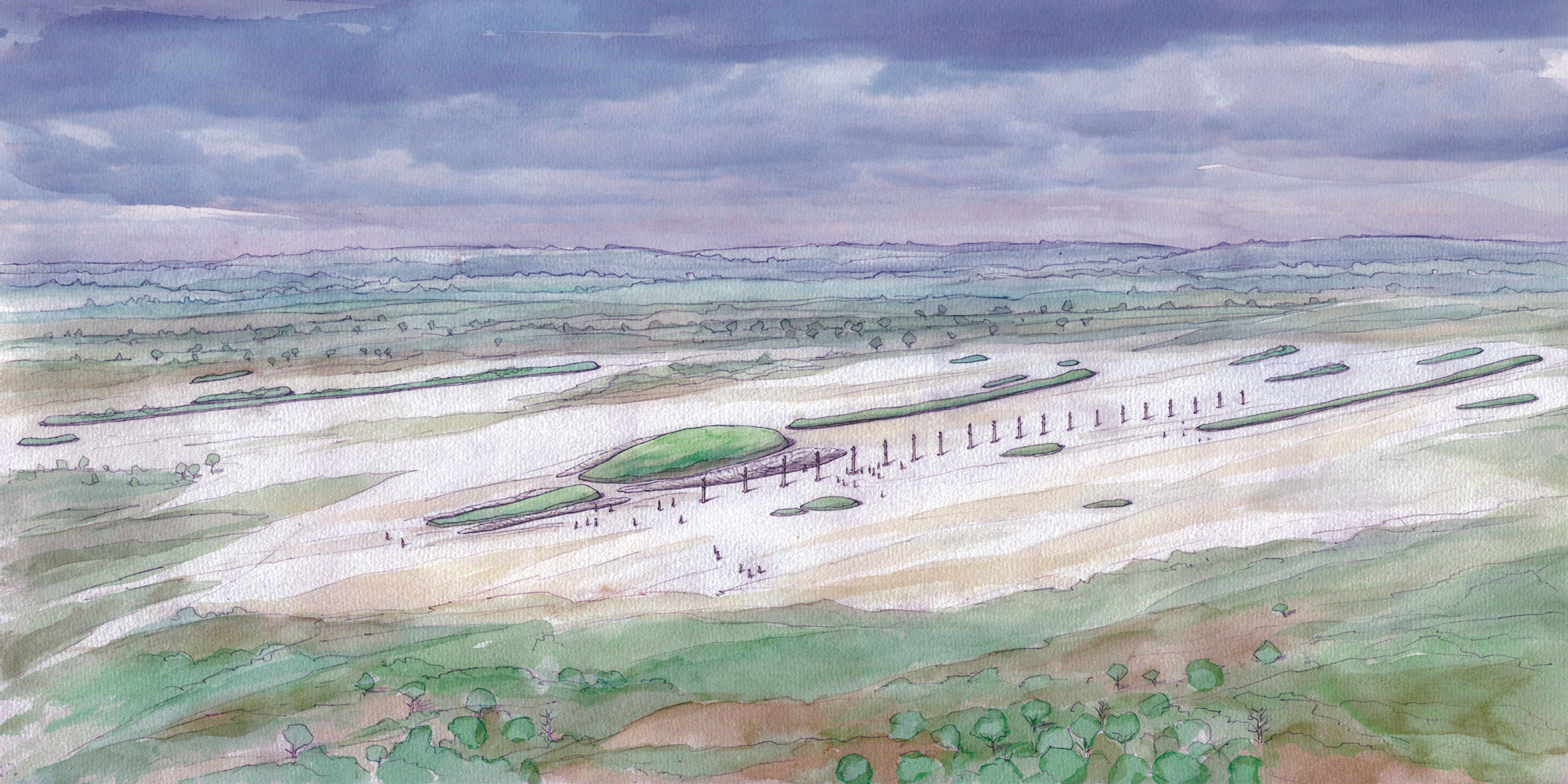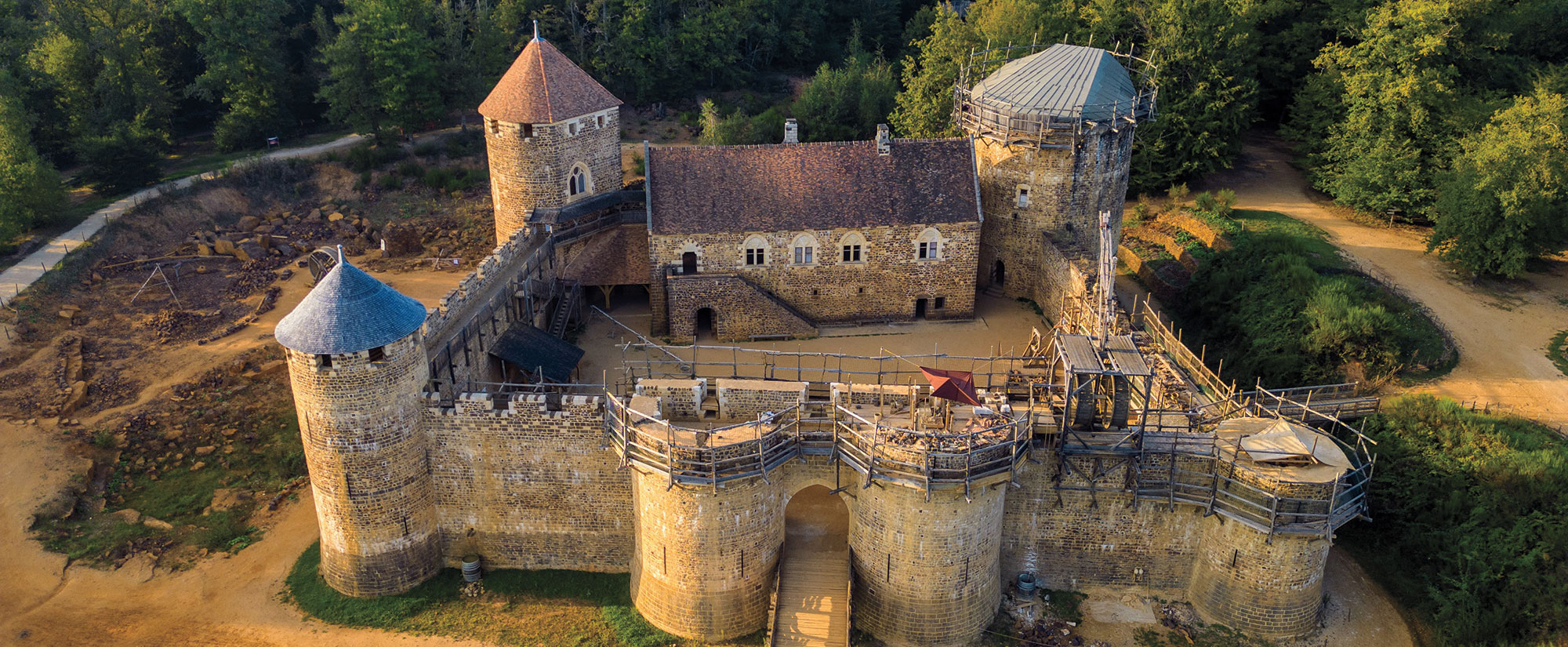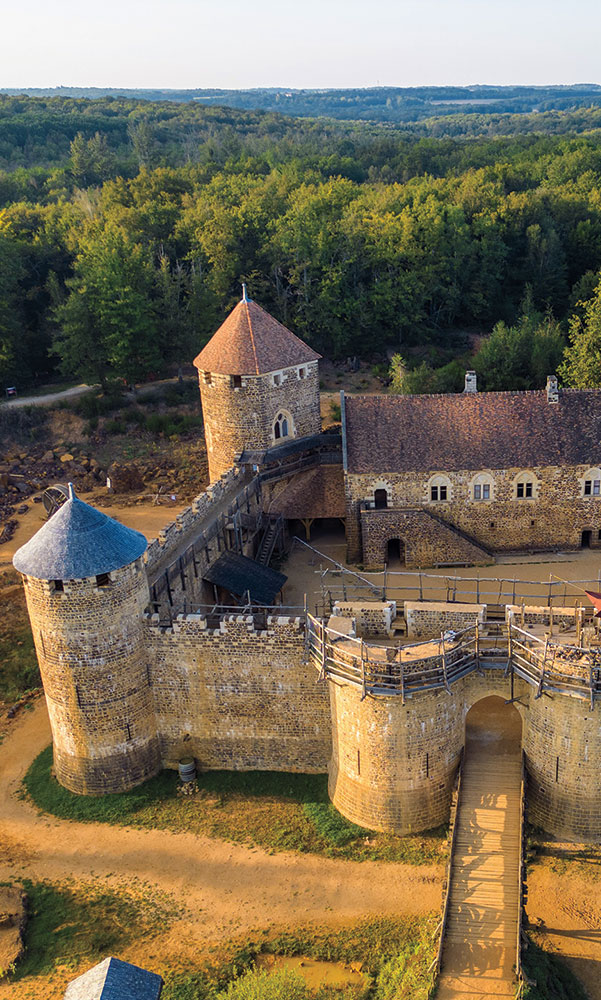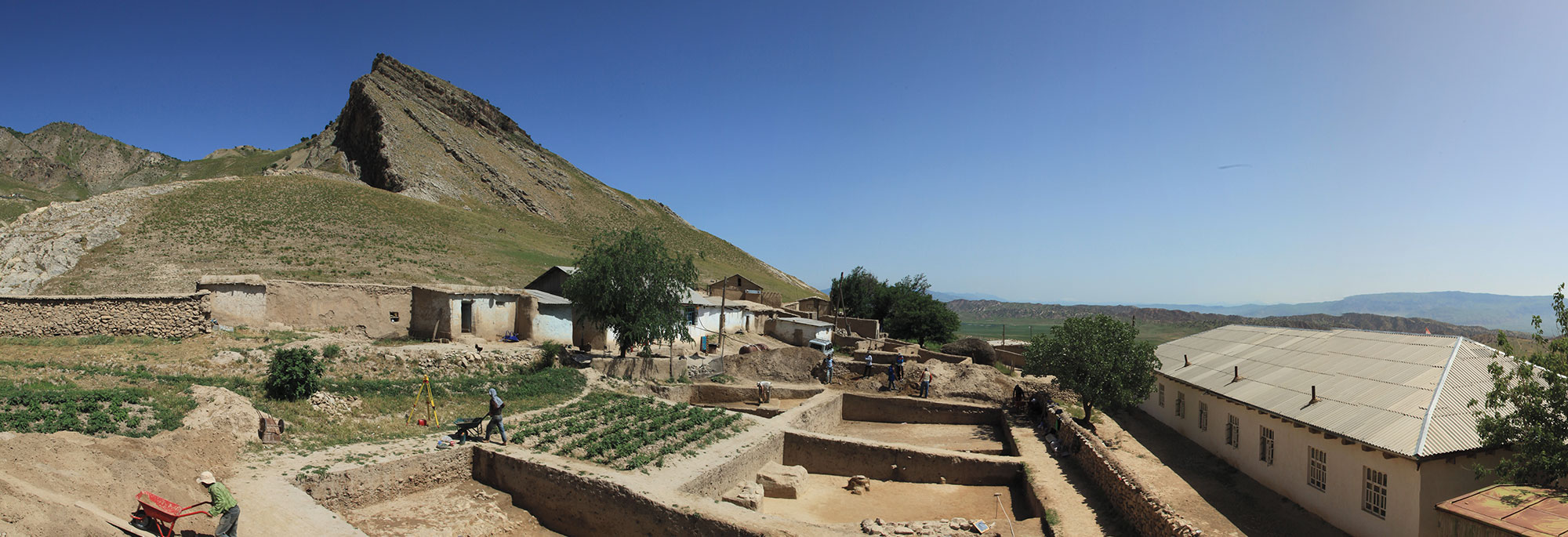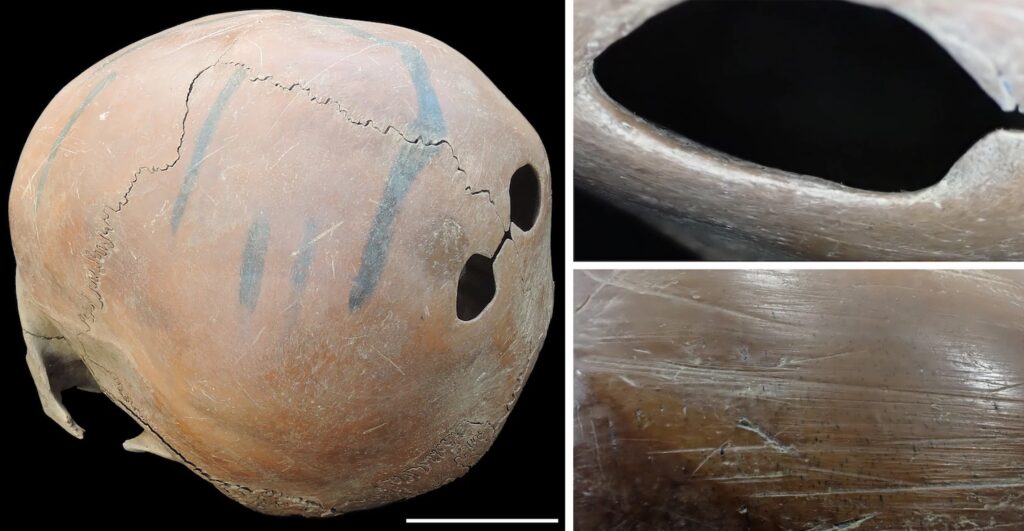
NIIGATA, JAPAN—Scientists studying more than 180 human bones discovered at Neolithic Liangzhu culture sites in southern China’s Yangtze River Delta have determined that 52 of them had been modified, according to a Phys.org report. Dams, canals, altars, palaces, workshops, and cemeteries have been uncovered at Liangzhu sites, which date to between 5,300 and 4,500 years ago. The bones in the study, conducted by Junmei Sawada of Niigata University of Health and Welfare and his colleagues, were mostly recovered from canals and moats, mainly in workshop areas. Much of the work on the bones appears to be unfinished and so perhaps the materials had been discarded. Most of the worked bones were transformed into skull cups, masks, and small, plate-shaped skull fragments. Perforated skulls, mandibles with flattened bases, and worked limb bones were also found. A lack of cut marks suggests that the bones were collected after their soft tissues had decomposed. No preference for the bones of men, women, or children was identified, although the worked bones do show signs of malnutrition. Read the original scholarly article about this research in Scientific Reports. For more on the dams and canals constructed in the ancient city of Liangzhu during the Neolithic period, go to "Early Signs of Empire."


